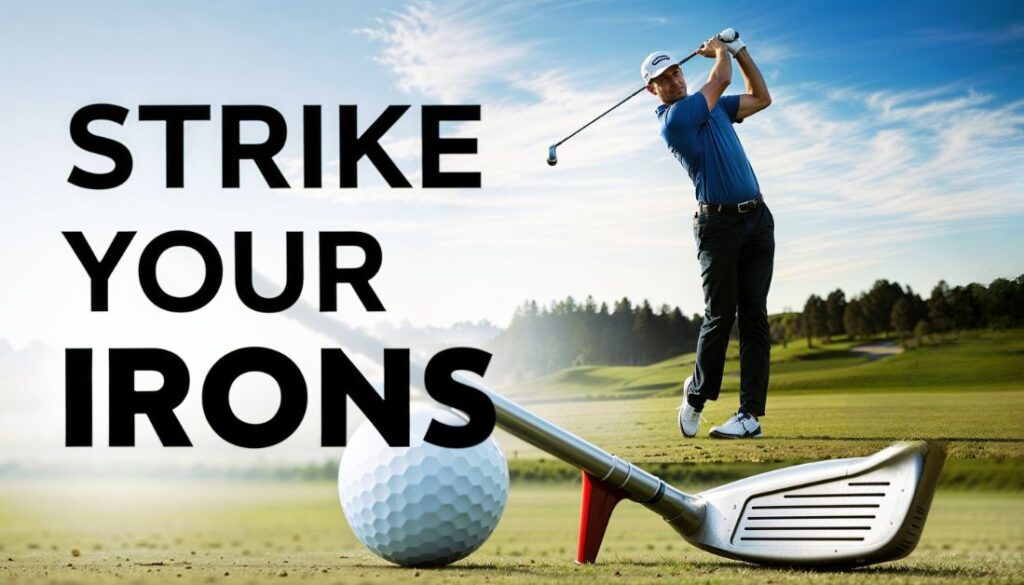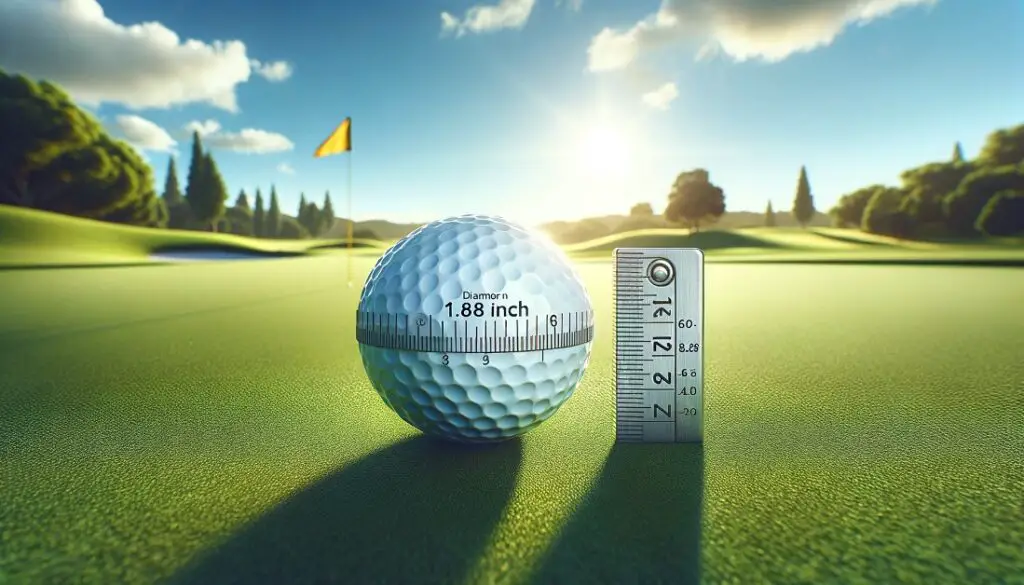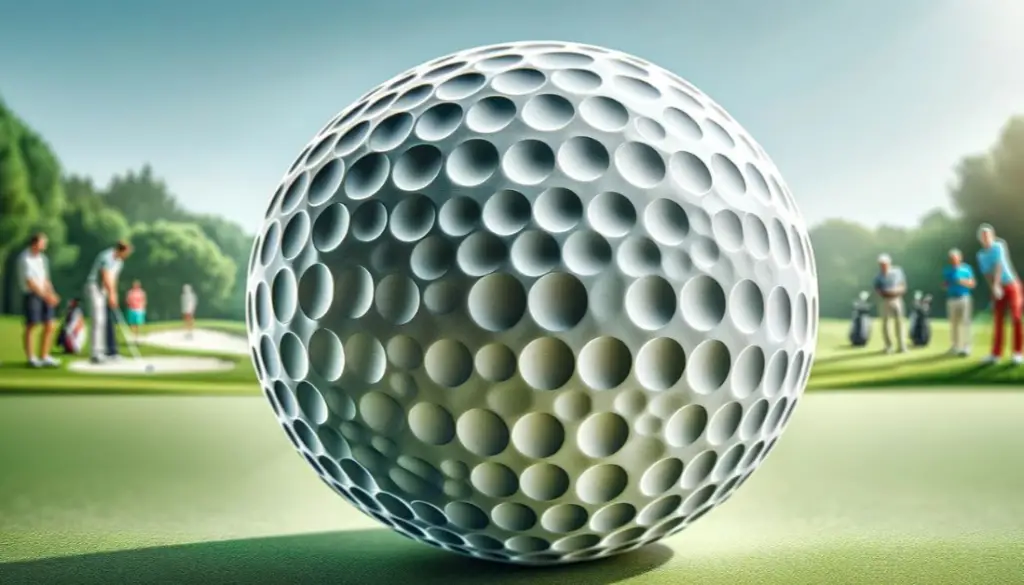I’m excited to share some insights that can help you improve the quality of strike your iron play today. Many golfers, whether you’re hitting from the ground with your irons or swinging your fairway woods, struggle to master consistent ball striking. But here’s the thing—there’s no simple golf tips or quick fix to achieving this. To follow a clear process is essential, and that’s what I want to share with you. From my experience and watching others, I’ve realized that the journey to better strikes involves a few crucial steps.
I’ve created an article based on my experience, which has been helping a lot of golfers. It always looks effortless when you see top professionals strike their irons, right? And that satisfying sound of the club making contact with the ball as a pure divot flies down the fairway—that’s something every golfer wants. But getting to that point requires understanding the key factors in pouring your irons. Over the years, I’ve decided to break it down and show these techniques
Table of Contents
ToggleUnderstand The Meaning Of Striking Your Irons
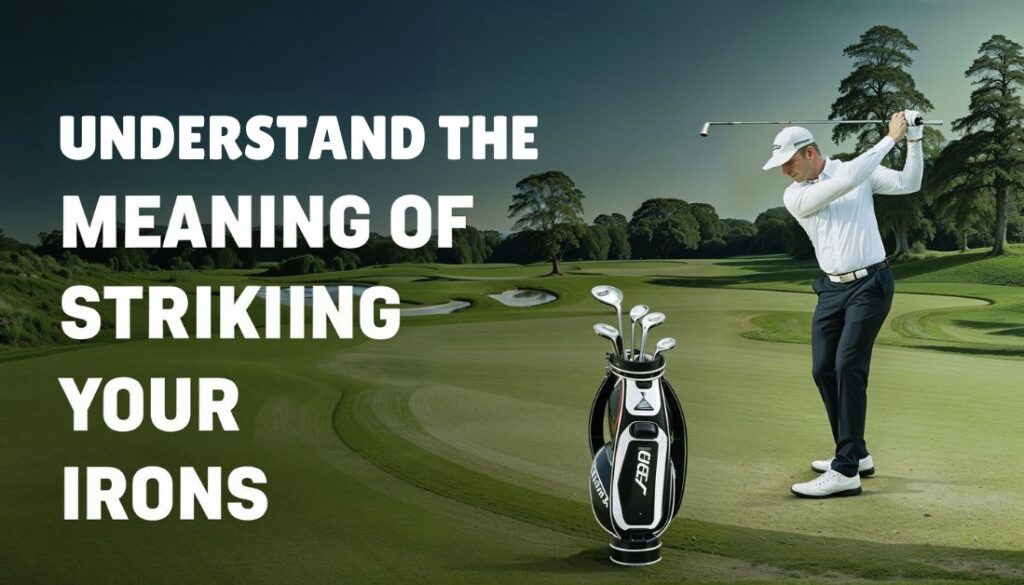
When we talk about striking your irons, we’re referring to the process of making clean, solid contact with the golf ball using your iron clubs. The goal is not just to hit the ball but to do so in a way that maximizes accuracy, control, and distance. A well-struck iron shot creates a crisp sound, often described as “pure,” as the clubface hits the ball first, followed by the turf. This contact produces a satisfying divot that starts just after the ball, signaling that you’re delivering the golf club at the correct angle with a descending blow.
For many golfers, getting consistent with their iron strikes can be a challenge. Statistics show that over 40% of amateur golfers struggle with striking their irons correctly, often hitting behind the ball or thinning it. This usually stems from poor technique, lack of weight transfer, or misunderstanding how the club’s design (like the loft of the club) does most of the work to get the ball airborne. It’s a common misconception to try and help the ball into the air by lifting it, but the reality is, that your irons are built to achieve the necessary height if struck properly.
To master this, you need to understand the fundamentals: your clubhead should be moving downward as it contacts the ball, allowing the loft to do its job of launching it towards your target. This proper strike will give you more control over distance and trajectory, helping you lower your scores and hit more greens in regulation.
How To Strike Your Irons?

To strike your irons effectively, focus on a drill that emphasizes proper shaft lean and encourages your arms to move naturally, so you won’t worry about hitting the toe of the club, ultimately improving your game with each lesson
Swing Mechanics
To strike your irons properly, it all begins with understanding your setup and golf swing mechanics. The goal is to make crisp contact where the ball is struck first, followed by the turf, creating a descending blow that compresses the ball. Achieving this requires a few key fundamentals, starting with the ball position. For most irons, the ball should be positioned just ahead of the center of your stance. This allows for a natural downward angle of attack as your clubface meets the ball.
Weight Distribution
Next, focus on weight distribution. At the top of your backswing, your weight should transfer slightly to your trail leg, but as you begin your downswing, you need to shift it toward your lead leg. This weight transfer ensures that your club is traveling downward as it strikes the ball, helping you avoid the common mistake of hitting behind it. A study found that 75% of amateur golfers fail to transfer weight properly, leading to inconsistent contact.
Angle Of Attack
Another essential factor is the angle of attack. Unlike drivers, where you want to hit the ball on the upswing, irons should be struck with a downward motion. Your hands should lead the clubhead into the ball, creating that ideal compression. To achieve this, work on keeping your wrist angles strong through impact, preventing the clubface from flipping or opening.
Steady Tempo
Lastly, practice maintaining a steady tempo. Rushing your swing can throw off your timing, causing thin or fat shots. A smooth, controlled swing will help ensure you strike the ball cleanly, with the clubface aligned at impact. Combining these elements will not only improve your ball striking but also help you gain better control over trajectory and distance.
3 Main Reasons You Strike Your Irons Wrongly
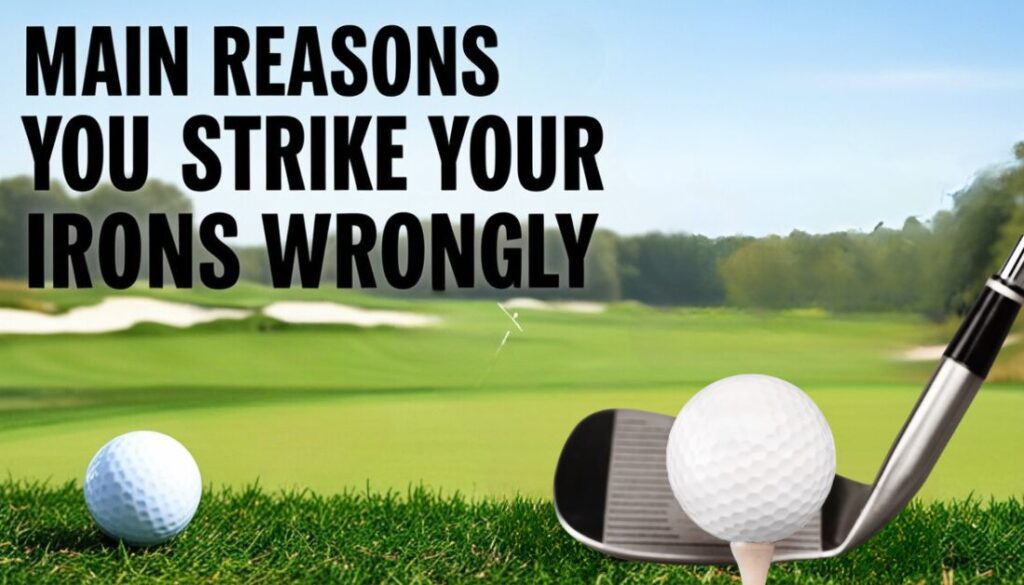
When it comes to hitting irons, having the right concept in your mind is critical. Many golfers have the wrong image of how the shot should be played, thinking they need to get the ball in the air by getting under it. This misunderstanding leads to poor strikes and inconsistent results.
Loft
What golfers don’t realize is that the loft of the irons is designed to give the height to the shot. Instead of trying to lift the ball, your focus should be on making solid contact and moving the ball forward towards the target. The divot should always start after the golf ball as the club head is traveling down, giving that satisfying pure sound and a well-centered hit.
Read More: Choose The Right Driver Loft And Improve Your Golf Game
Open Clubface
Another major issue is the club’s face getting open during the golf swing, which has a big influence on the direction of the golf ball. When the club face opens too much, golfers end up making compensations to try and square it at impact, often resulting in a poor downswing sequence. This can lead to the club “bottoming out” too early, causing a poor strike. Golfers with bad wrist angles at the top of their swing, particularly when the lead wrist becomes too cupped, struggle to return the club to a strong position.
To fix this, check your position in a mirror or on video to ensure a more neutral wrist at the backswing. This simple adjustment will allow for a better downward hit without needing compensation.
Hanging Back
The final major problem is “hanging back,” where golfers fail to shift their weight to the lead leg during the downswing. This is one of the most common faults seen by coaches. At impact, most of the weight should be on your lead side, ensuring that the club strikes the ball properly. Failing to shift your body laterally toward the target and rotate through the swing will leave you hanging on your trail leg, making it hard to get that clean, ball-then-turf strike.
The Pure Your Irons Blueprint offers a 5-step system that can help you fix these issues and start transforming your iron play, ultimately lowering your scores.
Conclusion
In conclusion, striking your irons well is all about mastering the basics of setup, weight transfer, and swing technique. By positioning the ball correctly, shifting your weight smoothly during the swing, and making sure your club strikes the ball on a downward angle, you can achieve that solid, clean contact every golfer aims for. Remember, a steady tempo and keeping your wrists strong through impact are just as important. With practice, these fundamentals will help you improve your consistency, and control, and ultimately lower your scores on the course.

With several years of experience in golf, Golf Golz are dedicated to helping golfers elevate their game through innovative training techniques, premium equipment, and expert insights. From mastering your swing to conquering the course, we bring you strategies and tools designed by world-class instructors to help you play your best golf yet.

